The art of mourning: Taryn Simon explores performance, grief and death in Manhattan
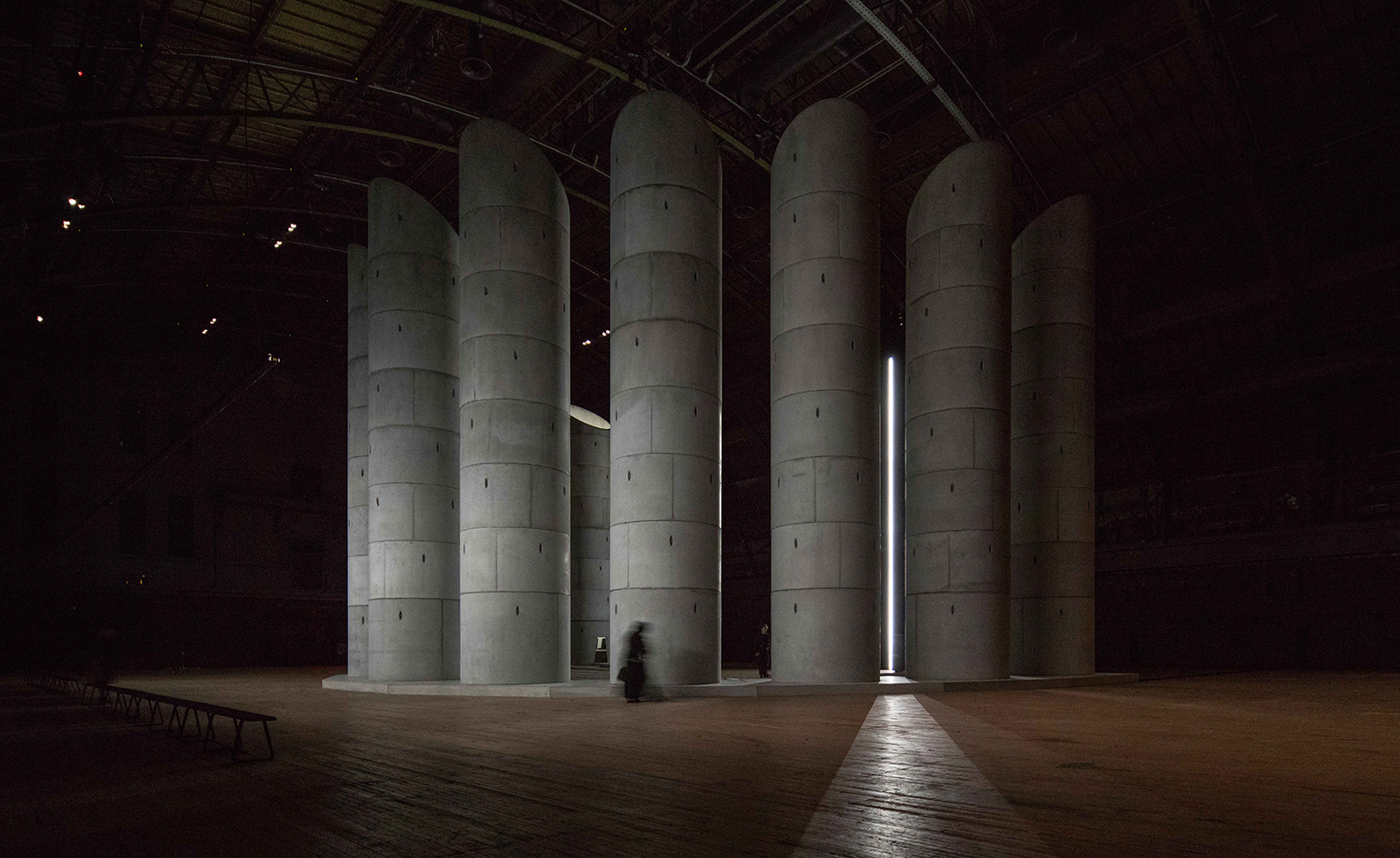
Multidisciplinary artist Taryn Simon’s work is known for its many layers of complexity, often requiring years of research and hours of intense organisation to realise. So when Simon describes the process behind her first-ever directed performance, ‘An Occupation of Loss’, as ‘intense’, it is not an understatement. Michael Morris, co-director of the art collaboration Artangel started working with Simon four years ago to channel her artistic talent into her first-ever directed performance. The project began with anthropological research on how various cultures cope with grief, but quickly became entangled in bureaucracy.
Simon spent the following years gathering and filling out paperwork for approximately 30 international professional mourners to perform their native rites in New York City’s Park Avenue Armory Drill Hall. 'Ultimately, the government, unbeknownst to them, curated the exhibition because those that are here were ultimately determined by its decisions,' she says. ‘Looking back, it is very interesting, but at the time it was unbelievably anxious.’
Every night for a week, the mourners will perform seven times within an installation of 11 cast concrete pipes created in collaboration with OMA’s Shohei Shigematsu. 'The performance came about in two evolutions: the first is the physical structure and the second was the animation of them by the mourners. If you break it down, it's architecture and anthropology,' explains Morris.
Over 14m high and collectively weighing over 306,174 kg, the structures resemble inverted wells, organ pipes, tombstones or any of the ‘various markers we use to mark what is gone’, Simon explains. Visitors are also free to explore the empty installation during the day.
'Taryn had a very strong image of these monolithic structures, each containing different mourners from different cultures,' says Shigematsu. 'The dimensions are intentionally intimate so that [the spectators] have to commit to the tight space to confront them.'
The weighty volumes, trapezoidal entryways, muted grey light and empty void conjure the precarious liminal area in which we, as humans, confront grief and death. 'Conceptually the whole thing exists in this line between distant past and distant future, authenticity and performance, the living and the dead,' Simon explains.
Wallpaper* was present for the first performance. During the piece, viewers are intentionally disoriented; entering through the Drill Hall’s outside emergency stairway, they find themselves on a balcony looking down on the installation and the mourners enter below. The visitors are then led down into the void as the performance begins, and have to decide to either enter the concrete structures with the mourners or remain outside to hear the entire cacophony (listen below). 'It's a profound, bewildering experience,' says Morris. 'The audience has to make decisions, "Can you go in there? Is it appropriate to go in there? The performers are professionals and they are doing what they are paid to do, it's the audience who is awkward - it is an interesting conundrum.' Then, almost as abruptly as it began, the performance stops and a garage door swings up to reveal Lexington Avenue, compelling everyone to gather in the centre of the room, and return to reality.
Listen to the cacophony of mourning below...
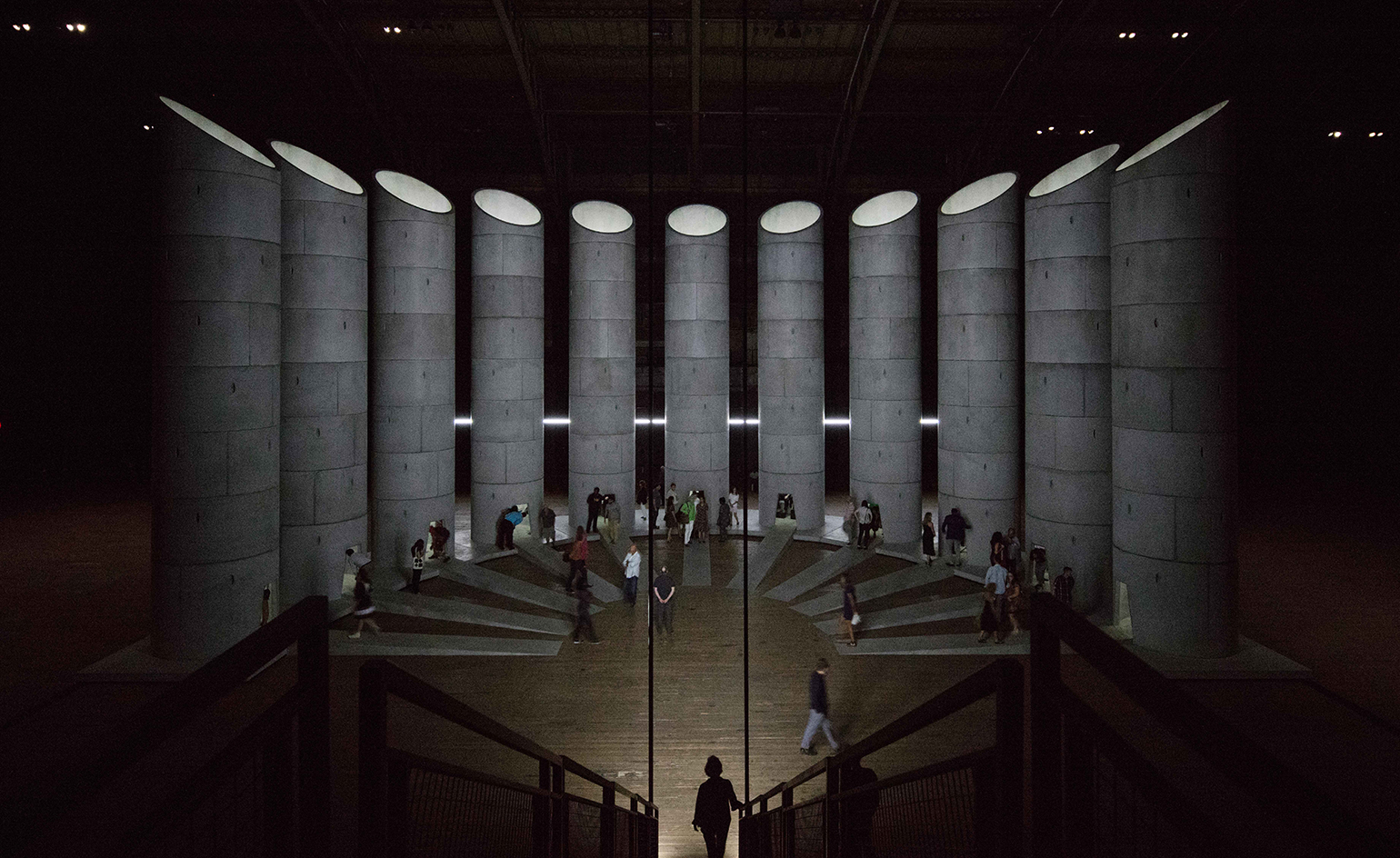
Co-commissioned by the Armory and London’s Artangel, the performance brings a live audience close to the process, chaos and rituals of grief from a variety of cultures.
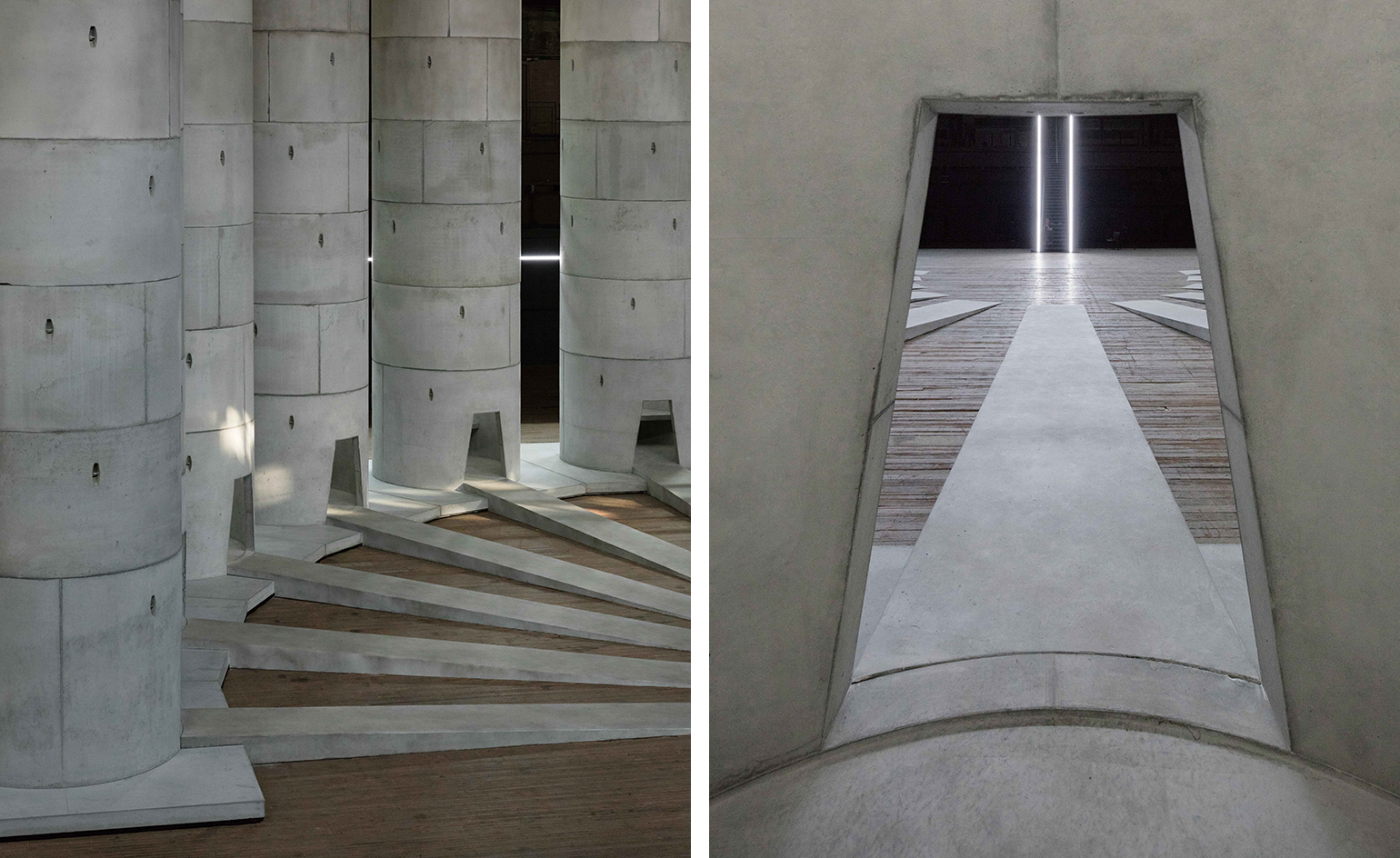
OMA’s Shohei Shigematsu is behind the installation – the performance takes place within 11 concrete towers.
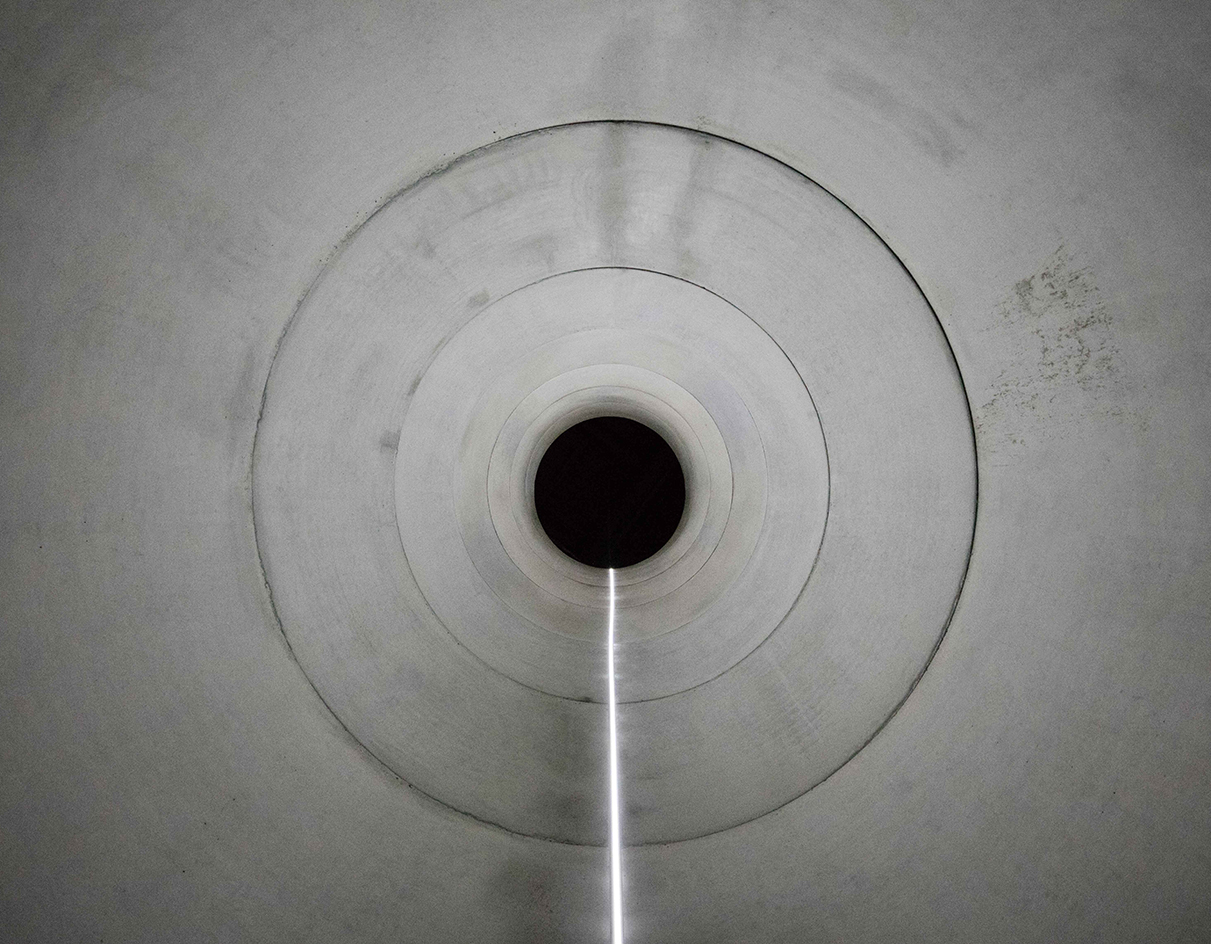
Over 14m high and collectively weighing over 306,174 kg, the structures resemble inverted wells, organ pipes, tombstones or any of the ‘various markers we use to mark what is gone’, Simon explains.
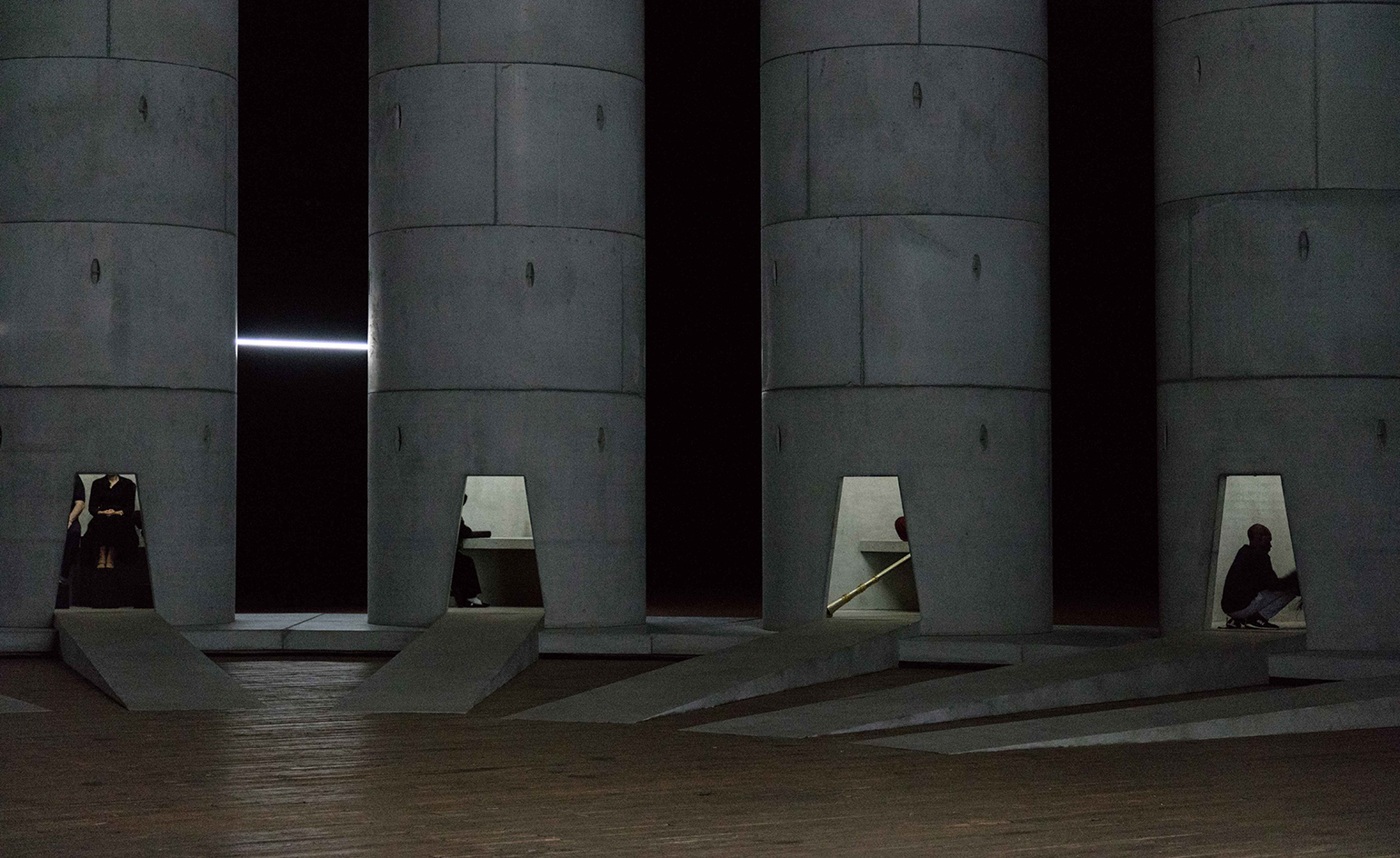
’Taryn had a very strong image of these monolithic structures, each containing different mourners from different cultures,’ says Shigematsu.
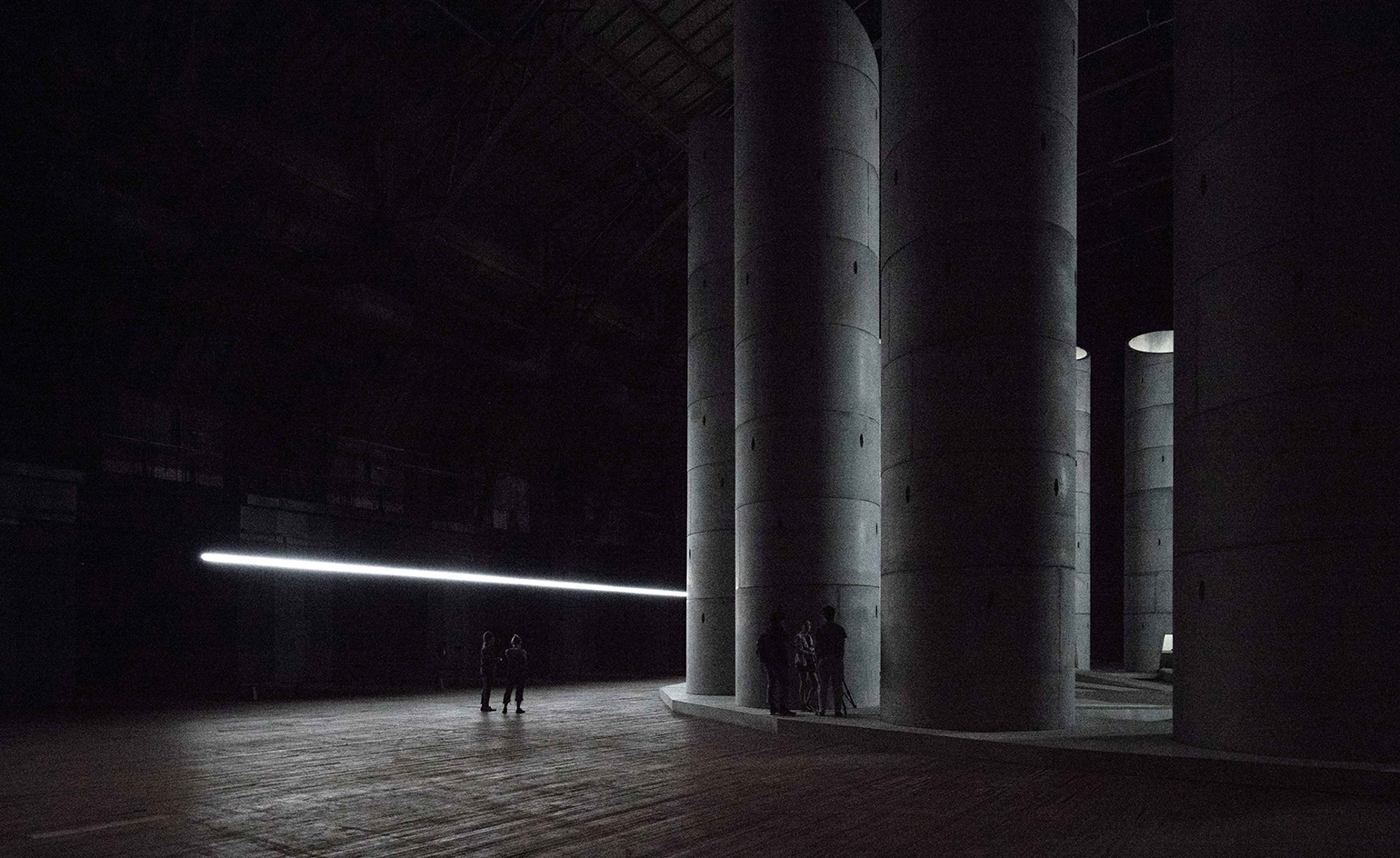
The weighty volumes, trapezoidal entryways, muted grey light and empty void conjure the precarious liminal area in which we, as humans, confront grief and death.
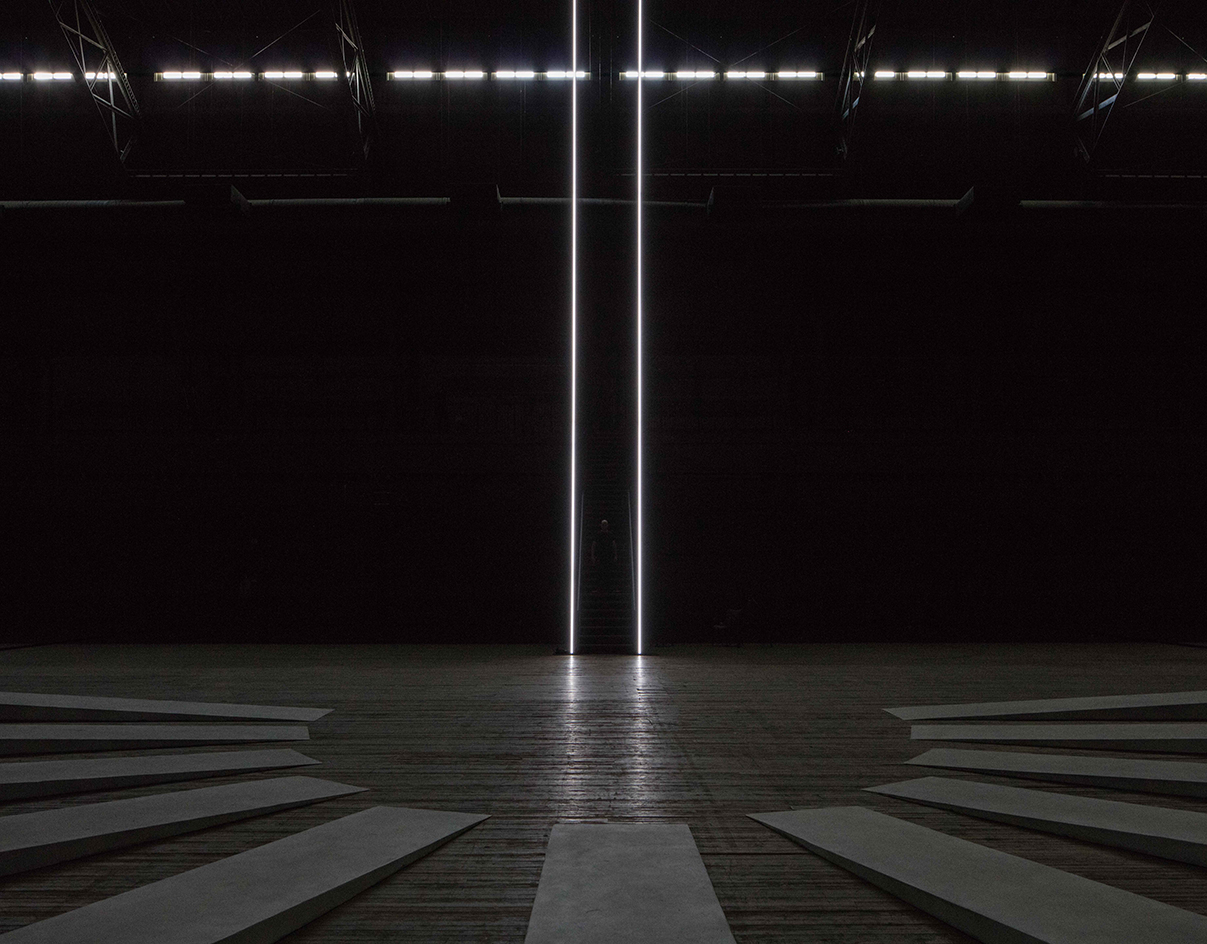
’Conceptually the whole thing exists in this line between distant past and distant future, authenticity and performance, the living and the dead,’ Simon explains.
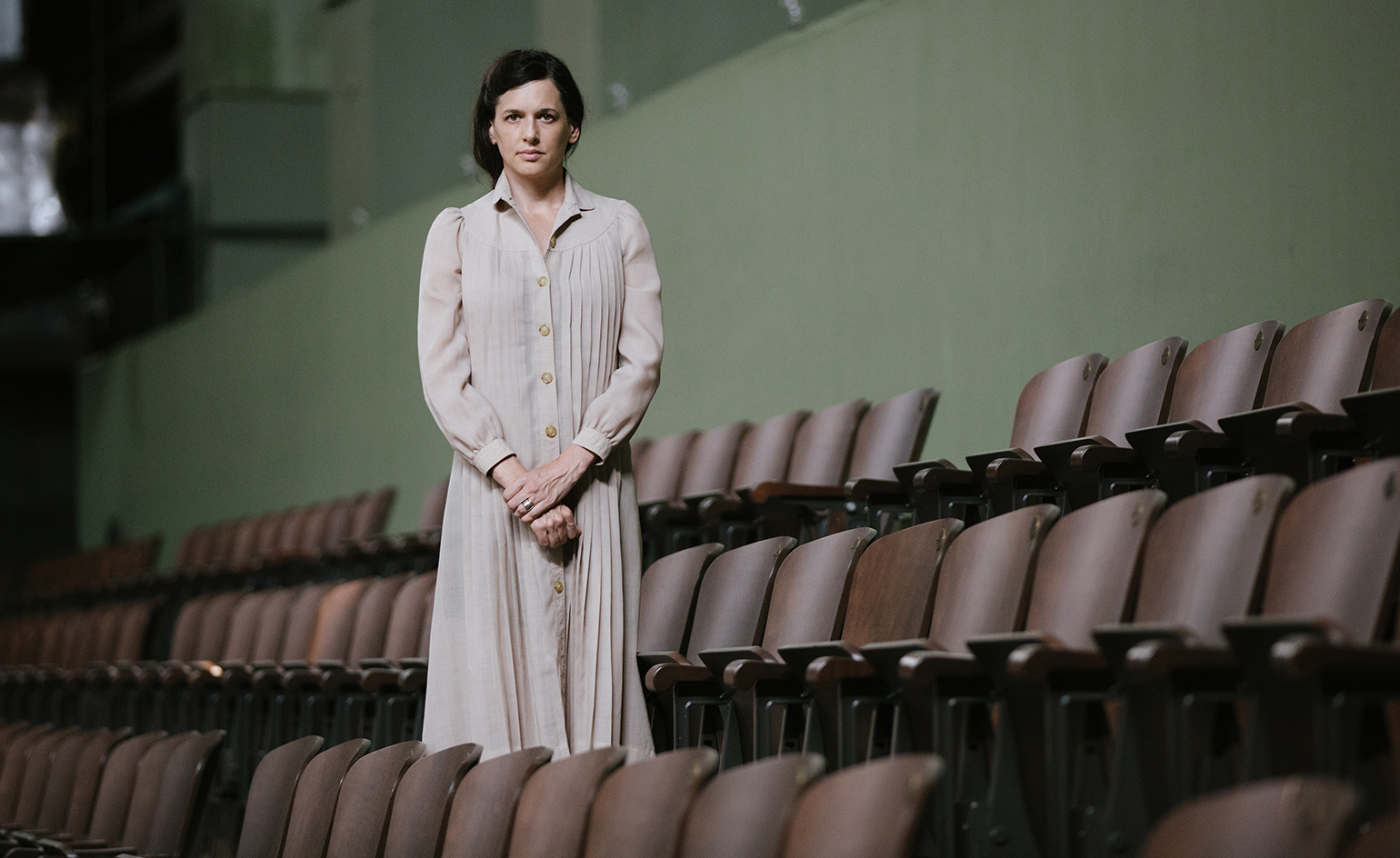
Simon’s mourners hail from a variety of countries, including Burkina Faso, Cambodia, Russia, Venezuela and Greece. Pictured: the artist herself.
INFORMATION
‘An Occupation of Loss’ will be on view until 25 September. For more information, visit the Park Avenue Armory’s website
ADDRESS
Park Avenue Armory
643 Park Avenue
New York, NY 10065
Receive our daily digest of inspiration, escapism and design stories from around the world direct to your inbox.
-
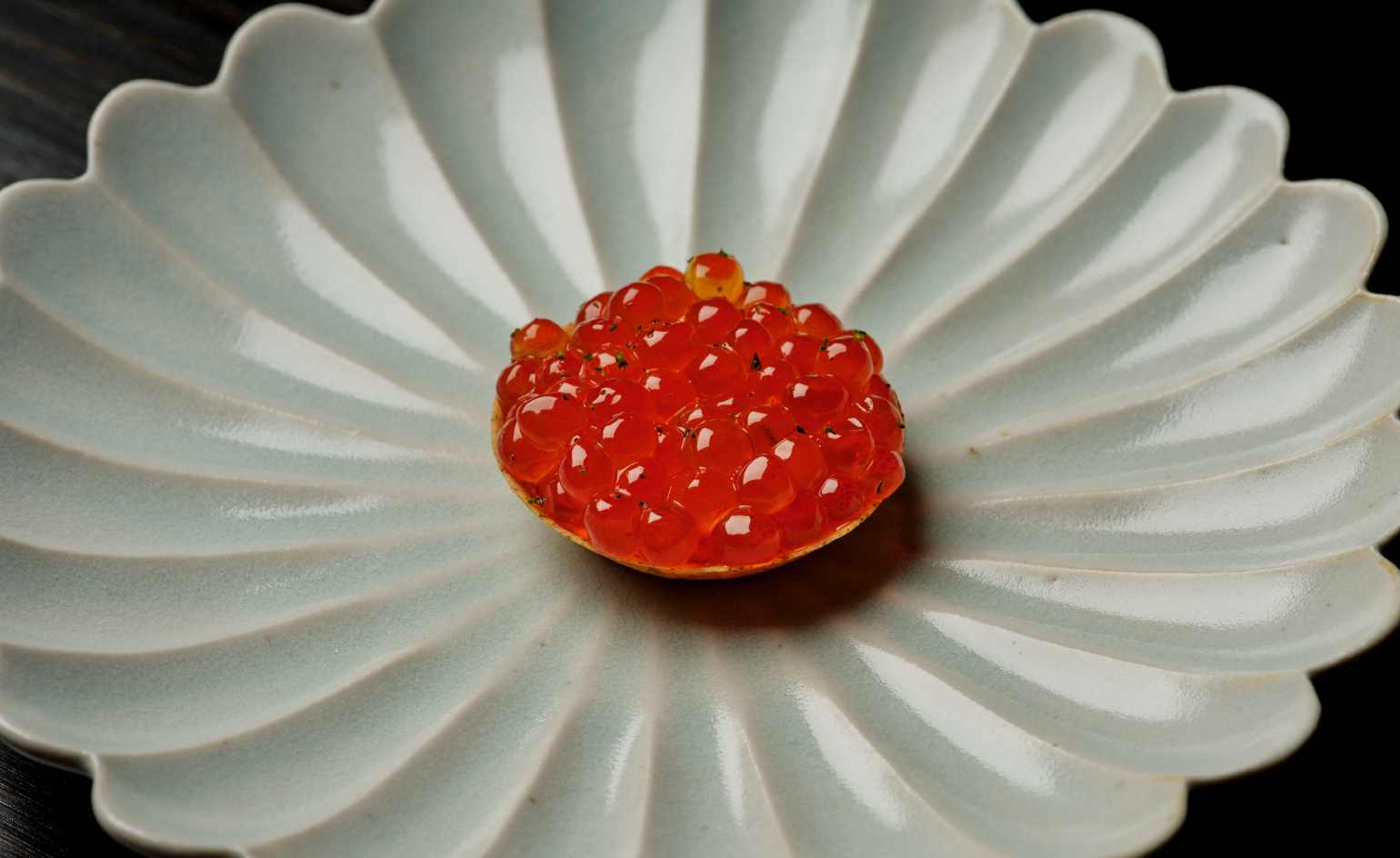 This cult Los Angeles pop-up restaurant now has a permanent address
This cult Los Angeles pop-up restaurant now has a permanent addressChef Brian Baik’s Corridor 109 makes its permanent debut in Melrose Hill. No surprise, it's now one of the hardest tables in town to book
-
 French bistro restaurant Maset channels the ease of the Mediterranean in London
French bistro restaurant Maset channels the ease of the Mediterranean in LondonThis Marylebone restaurant is shaped by the coastal flavours, materials and rhythms of southern France
-
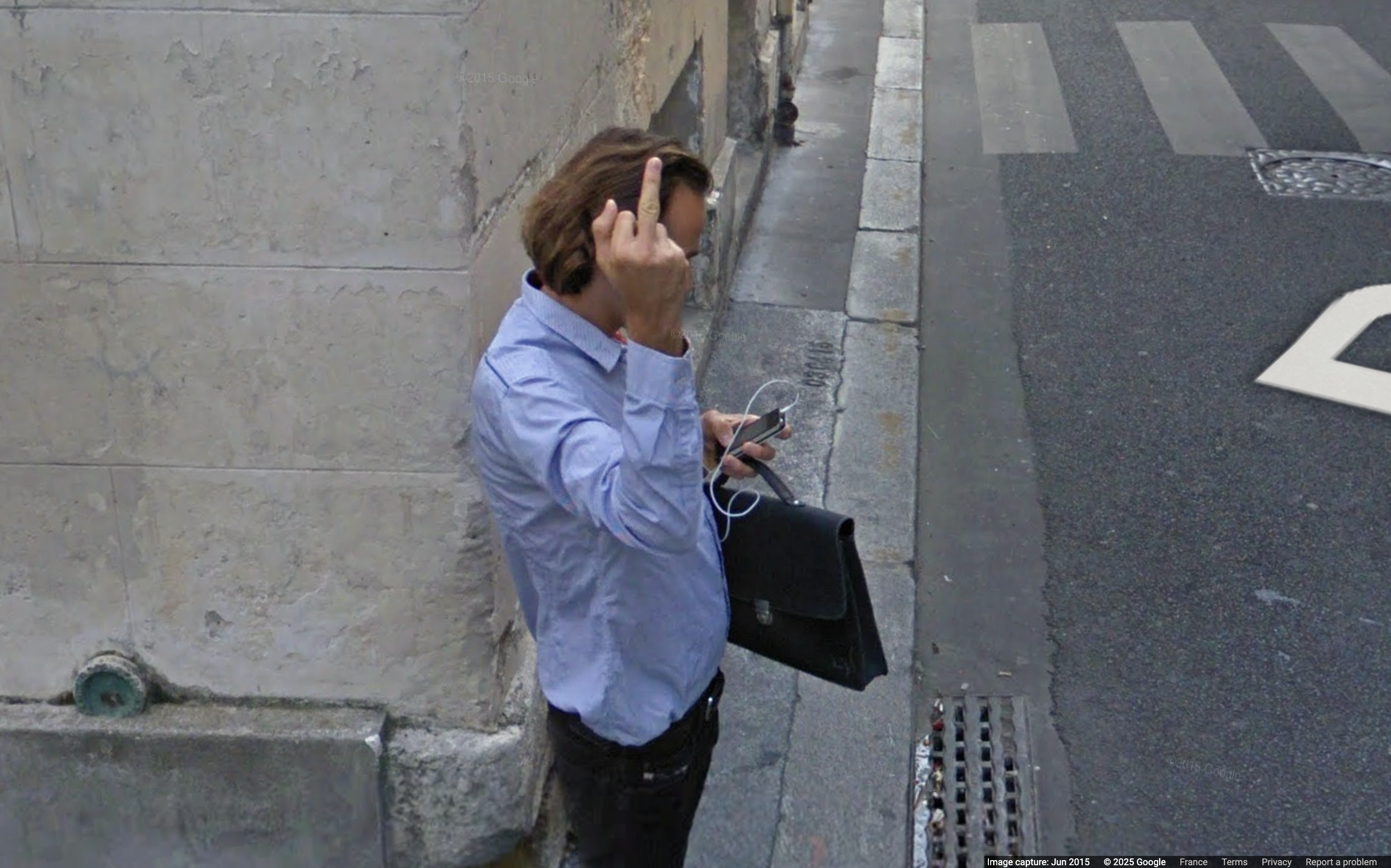 How ethical is Google Street View, asks Jon Rafman in Copenhagen
How ethical is Google Street View, asks Jon Rafman in CopenhagenIn 'Report a Concern - the Nine Eyes Archives' at Louisiana Museum of Art, Copenhagen, Jon Rafman considers technology's existential implications
-
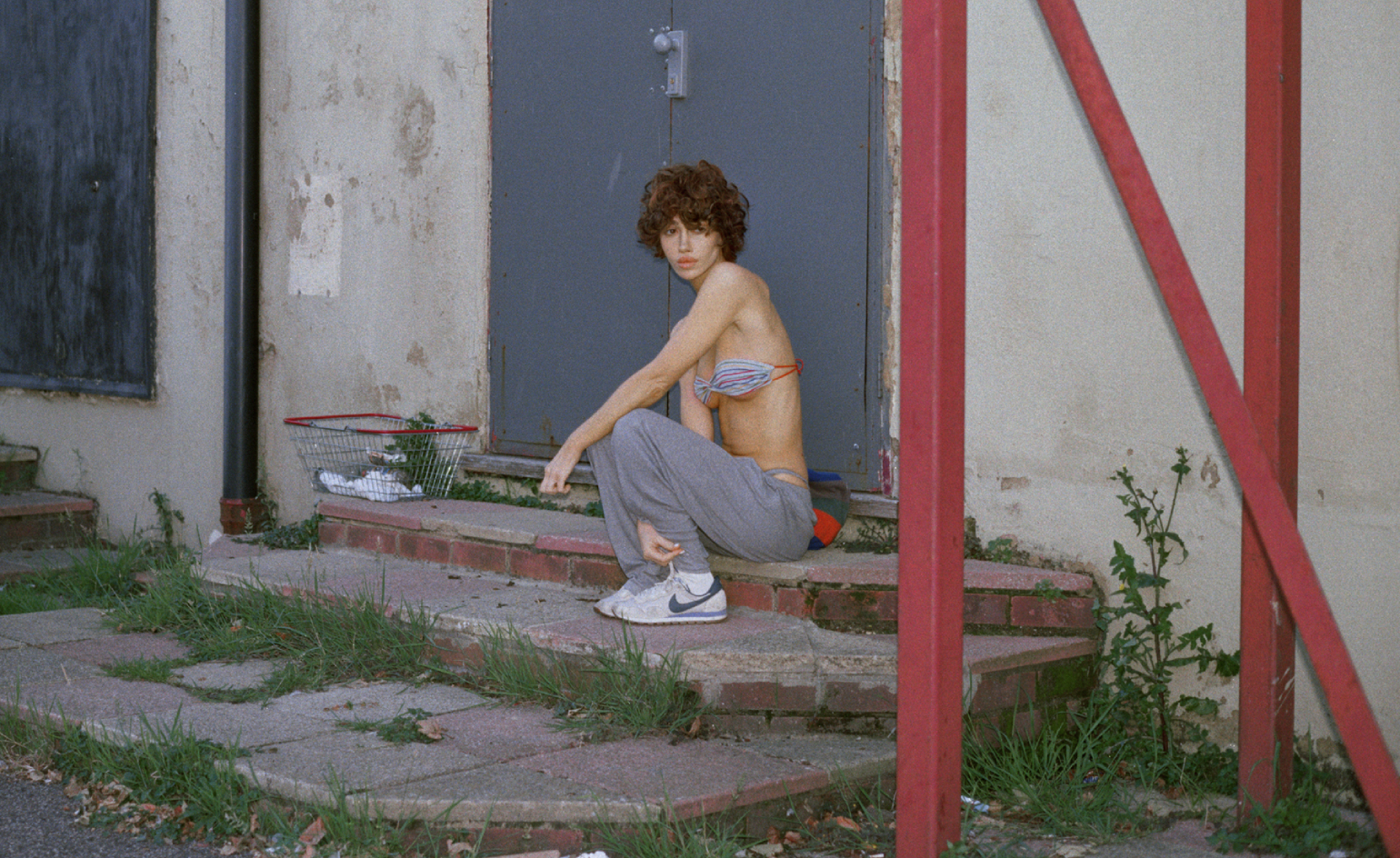 Nadia Lee Cohen distils a distant American memory into an unflinching new photo book
Nadia Lee Cohen distils a distant American memory into an unflinching new photo book‘Holy Ohio’ documents the British photographer and filmmaker’s personal journey as she reconnects with distant family and her earliest American memories
-
 Out of office: The Wallpaper* editors’ picks of the week
Out of office: The Wallpaper* editors’ picks of the weekIt’s been a week of escapism: daydreams of Ghana sparked by lively local projects, glimpses of Tokyo on nostalgic film rolls, and a charming foray into the heart of Christmas as the festive season kicks off in earnest
-
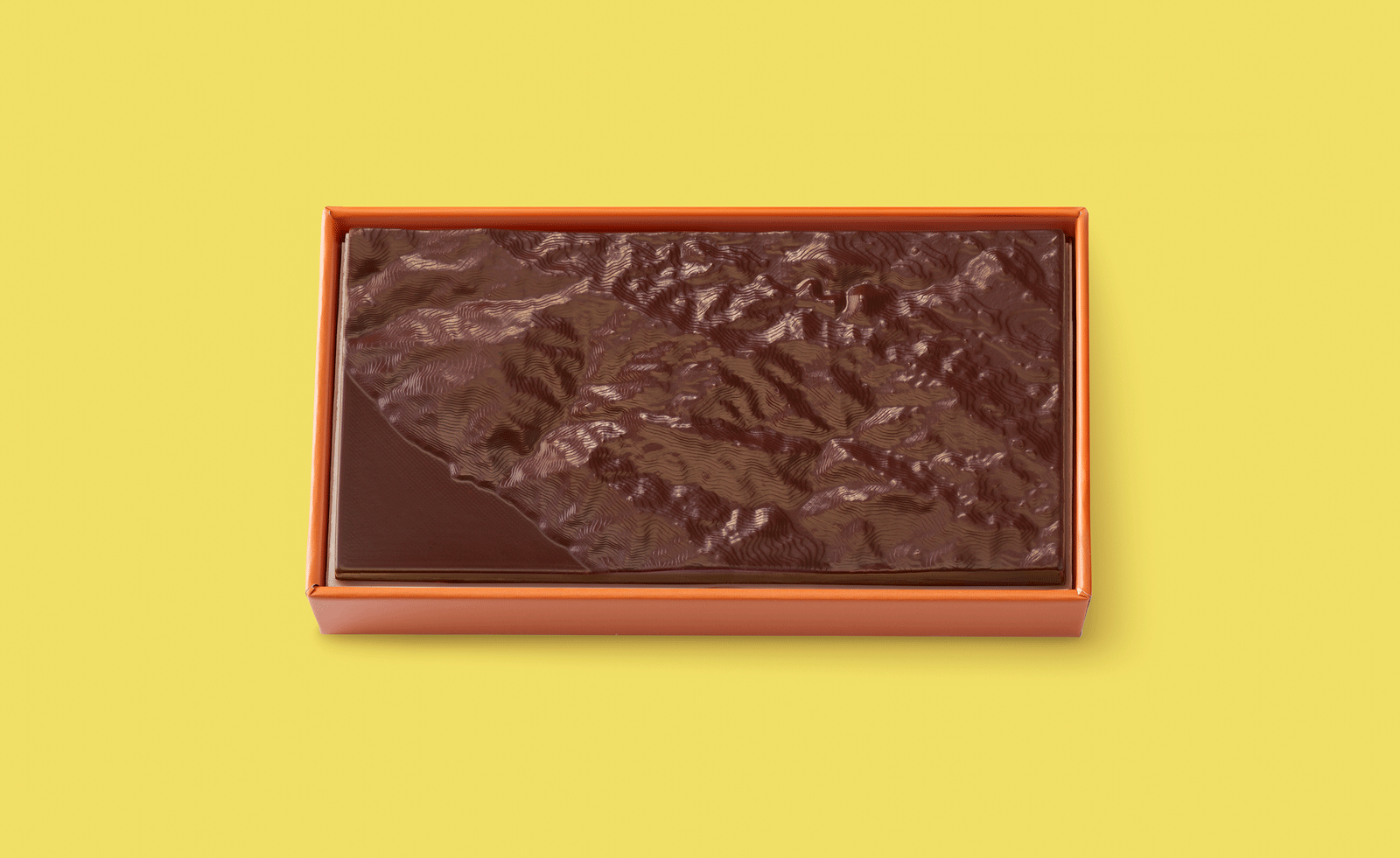 Ed Ruscha’s foray into chocolate is sweet, smart and very American
Ed Ruscha’s foray into chocolate is sweet, smart and very AmericanArt and chocolate combine deliciously in ‘Made in California’, a project from the artist with andSons Chocolatiers
-
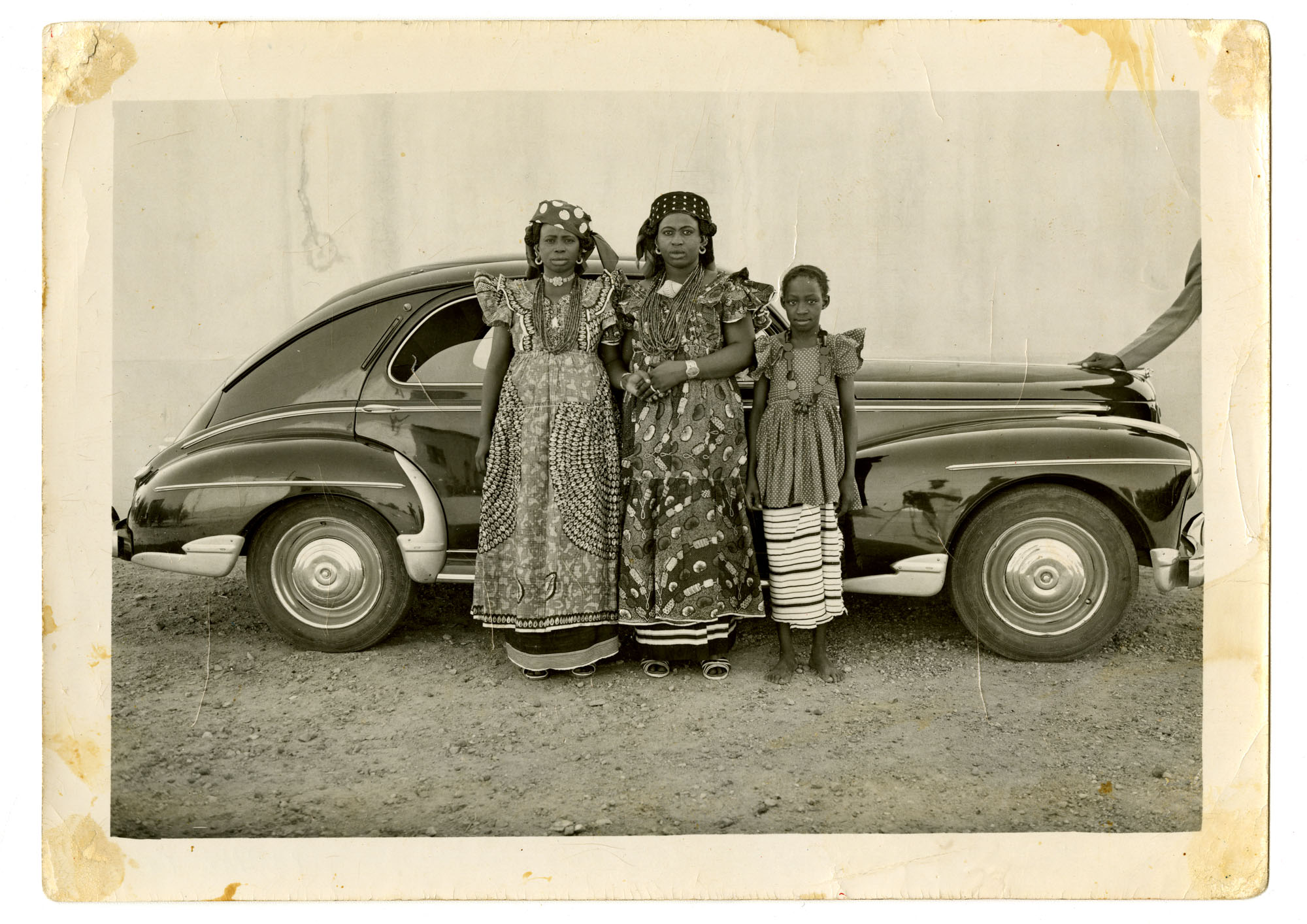 Inside the work of photographer Seydou Keïta, who captured portraits across West Africa
Inside the work of photographer Seydou Keïta, who captured portraits across West Africa‘Seydou Keïta: A Tactile Lens’, an exhibition at the Brooklyn Museum, New York, celebrates the 20th-century photographer
-
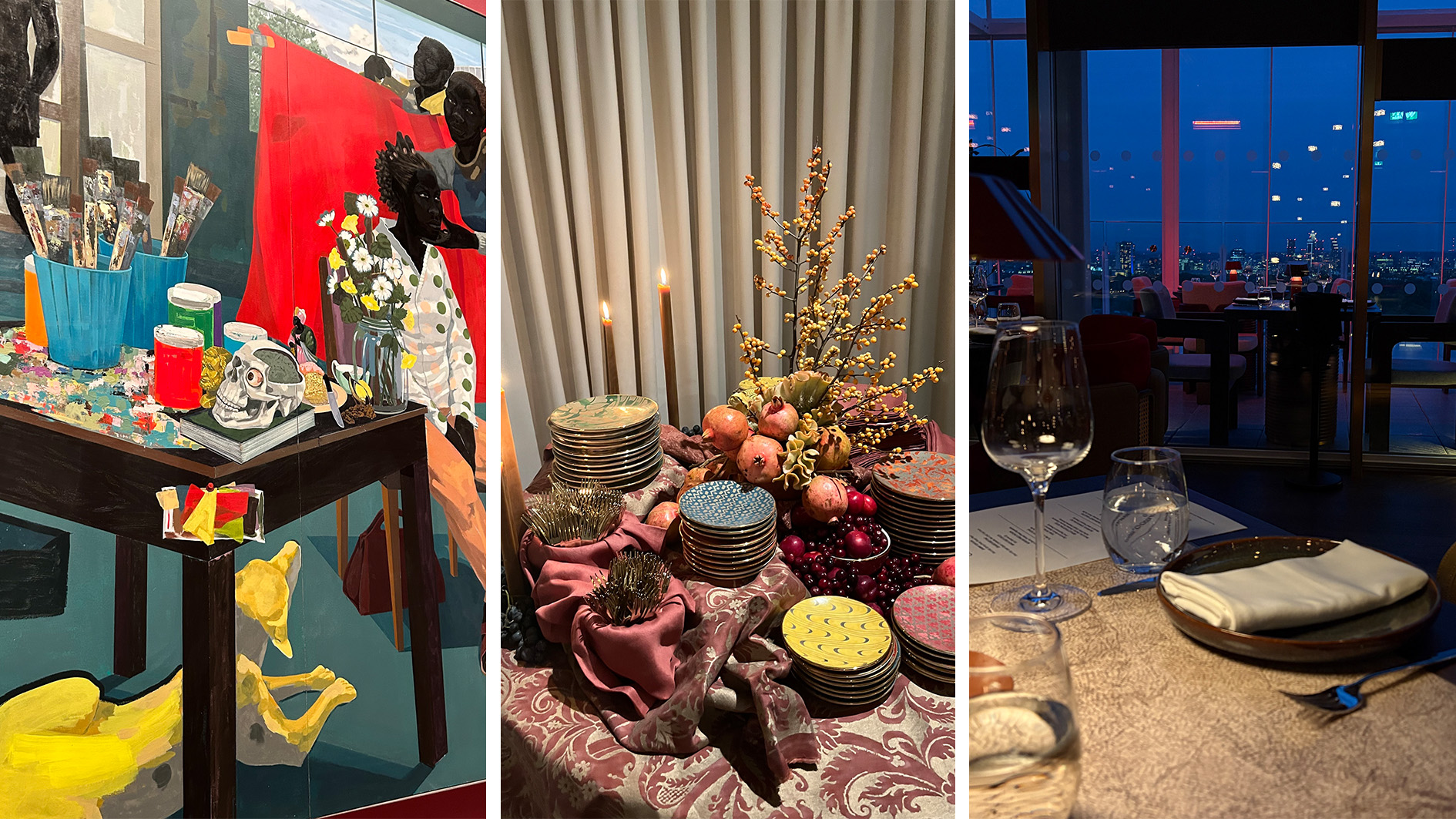 Out of office: The Wallpaper* editors’ picks of the week
Out of office: The Wallpaper* editors’ picks of the weekFrom sumo wrestling to Singaporean fare, medieval manuscripts to magnetic exhibitions, the Wallpaper* team have traversed the length and breadth of culture in the capital this week
-
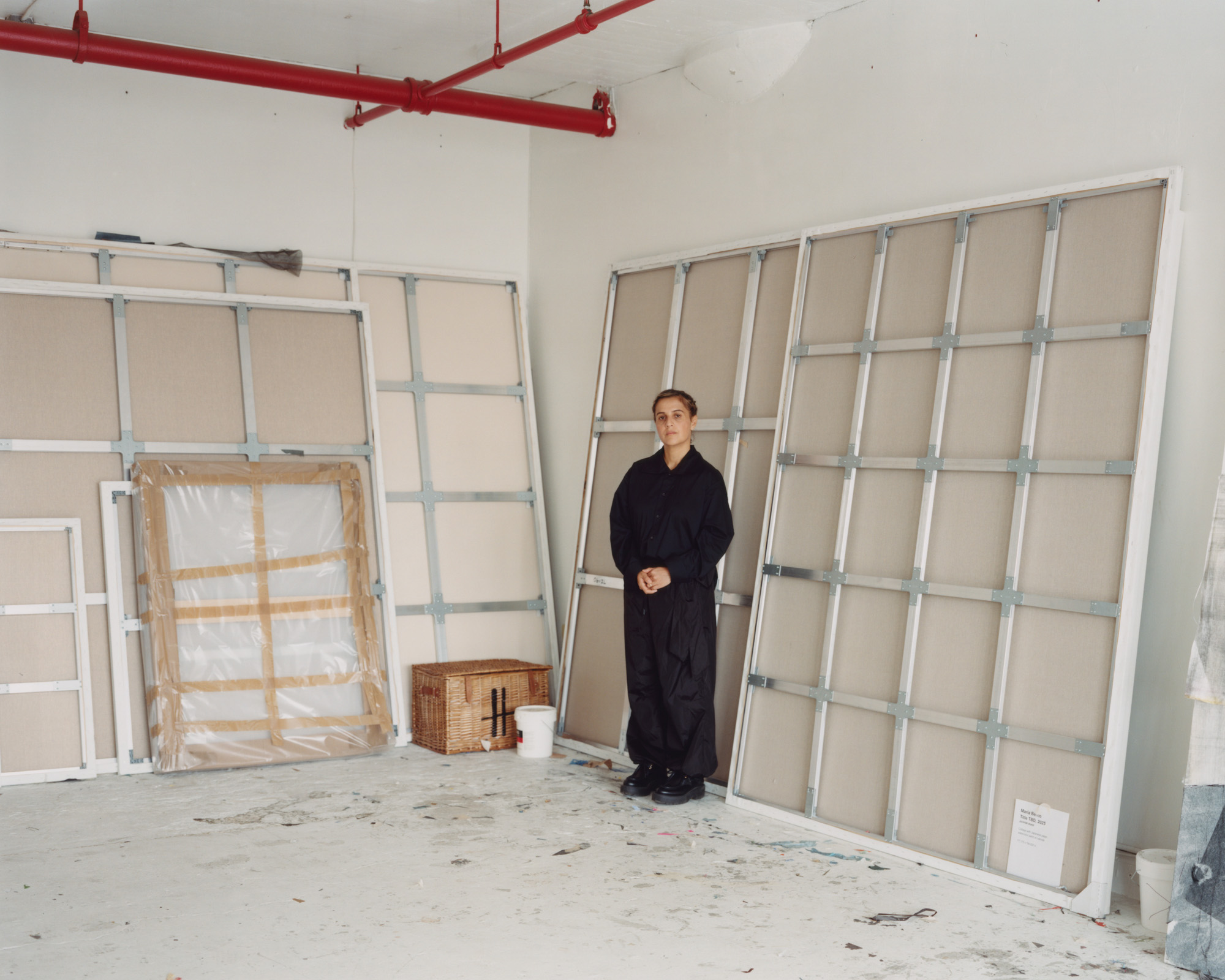 María Berrío creates fantastical worlds from Japanese-paper collages in New York
María Berrío creates fantastical worlds from Japanese-paper collages in New YorkNew York-based Colombian artist María Berrío explores a love of folklore and myth in delicate and colourful works on paper
-
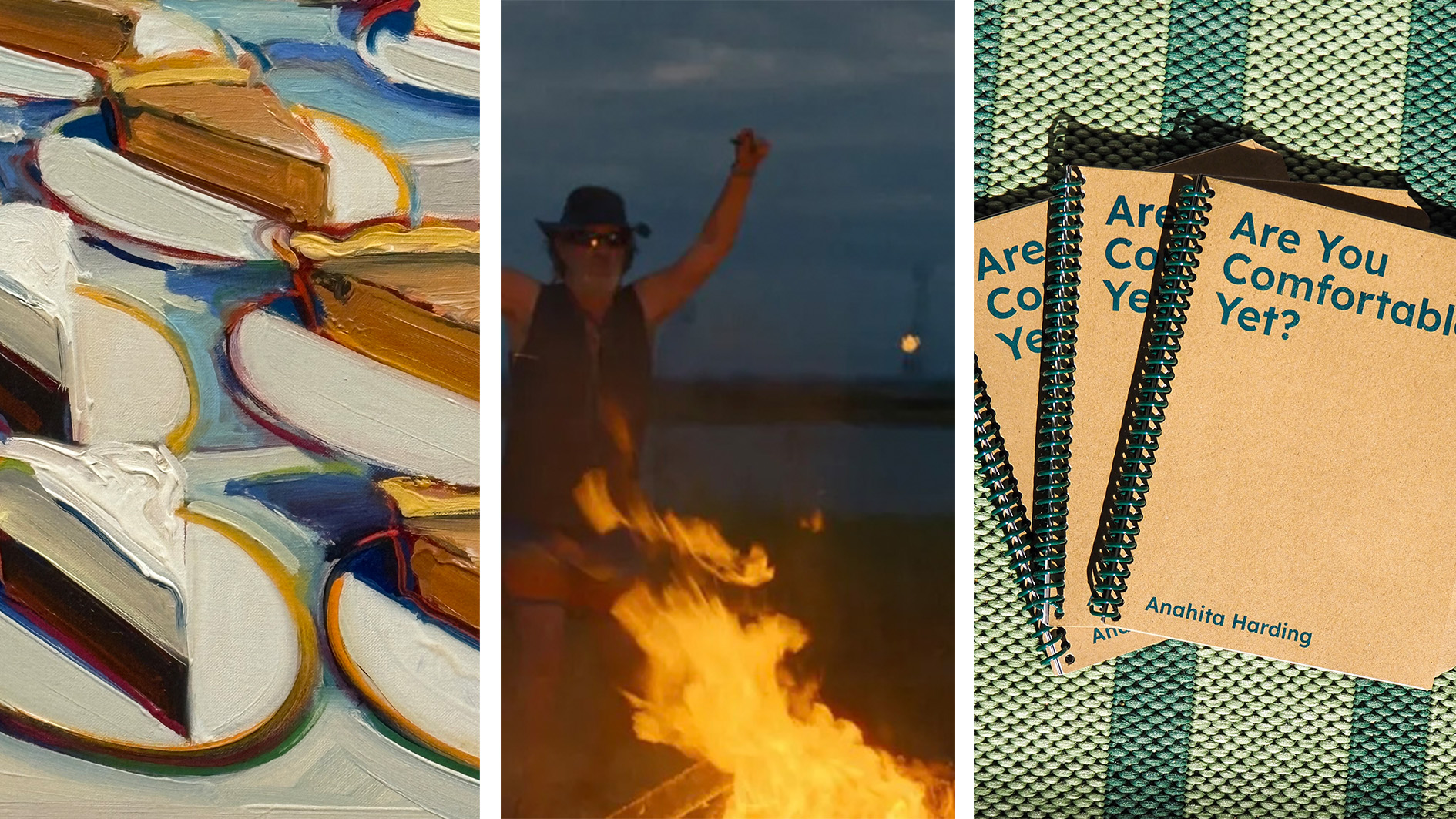 Out of office: the Wallpaper* editors’ picks of the week
Out of office: the Wallpaper* editors’ picks of the weekAs we approach Frieze, our editors have been trawling the capital's galleries. Elsewhere: a 'Wineglass' marathon, a must-see film, and a visit to a science museum
-
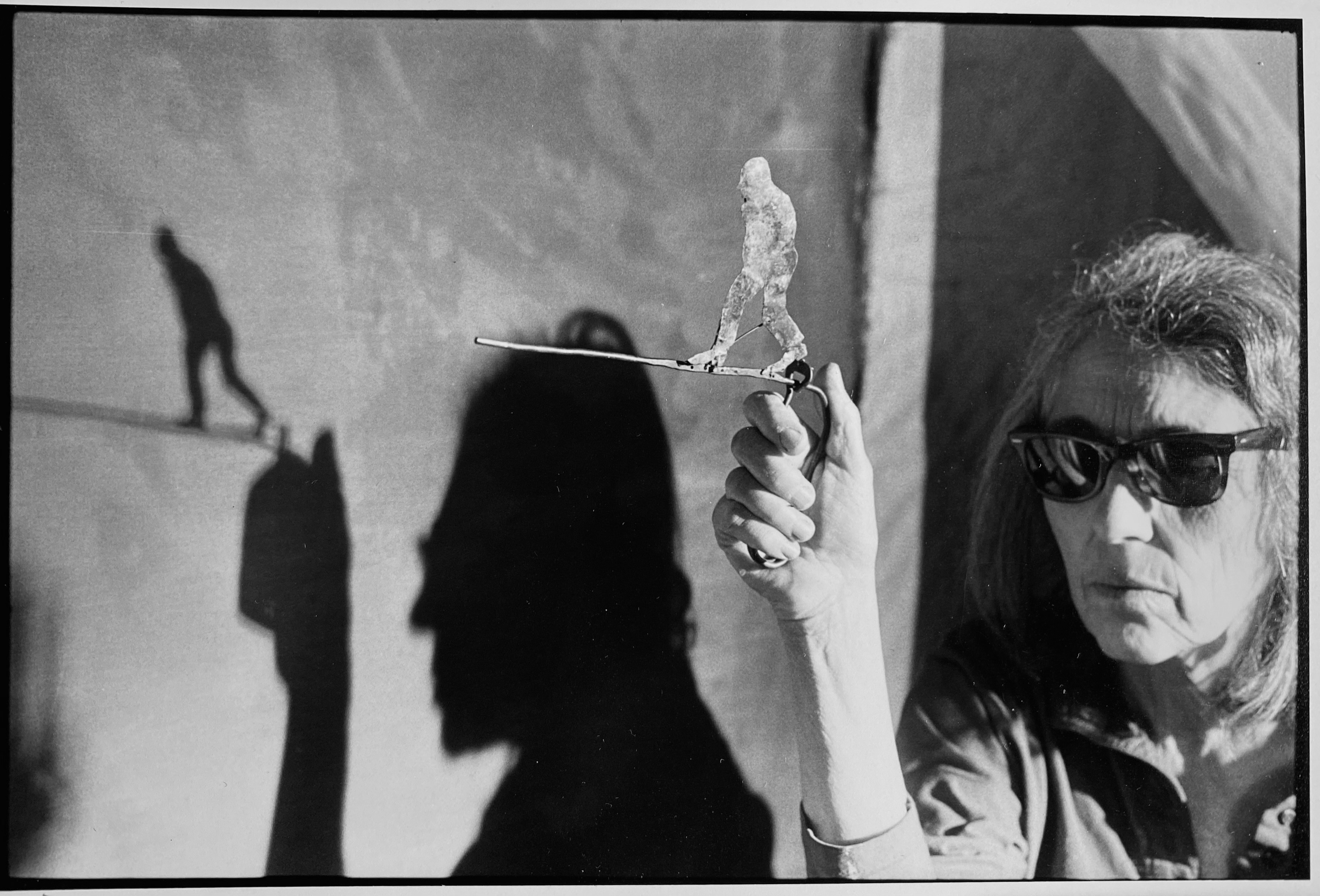 June Leaf’s New York survey captures a life in motion
June Leaf’s New York survey captures a life in motionJune Leaf made art in many forms for over seven decades, with an unstoppable energy and fierce appetite leading her to rationalise life in her own terms.